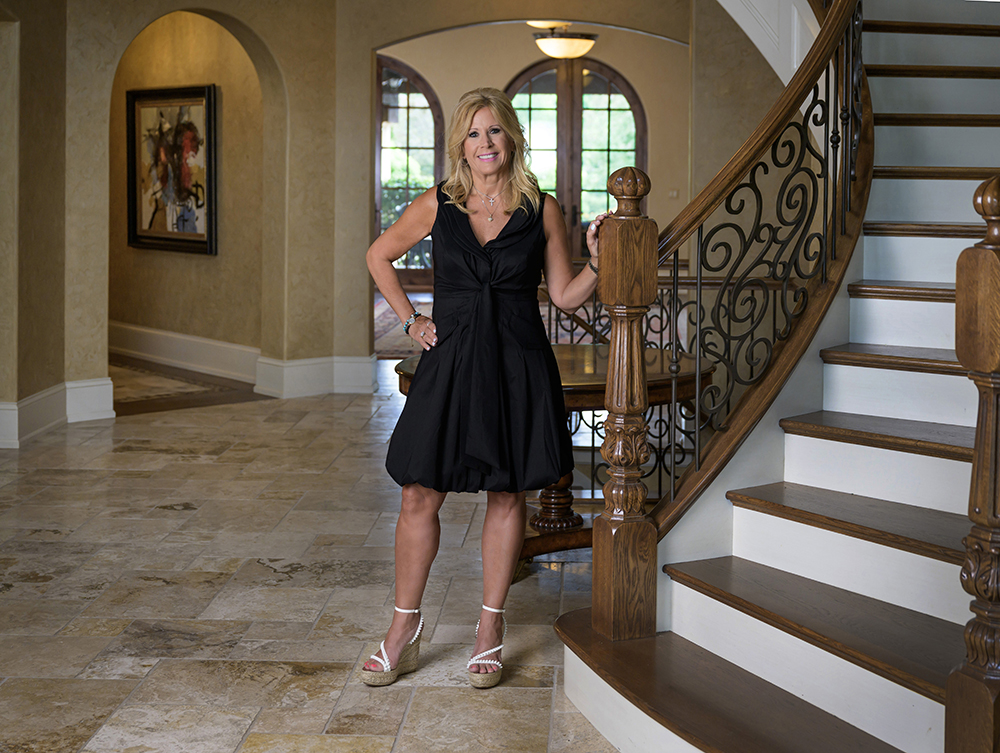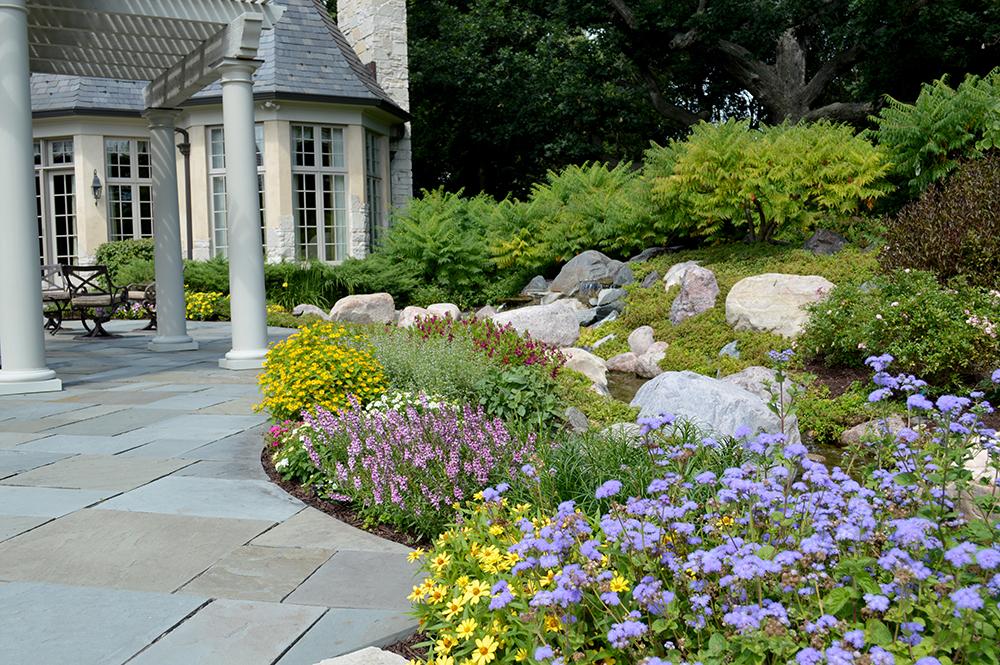Iceland
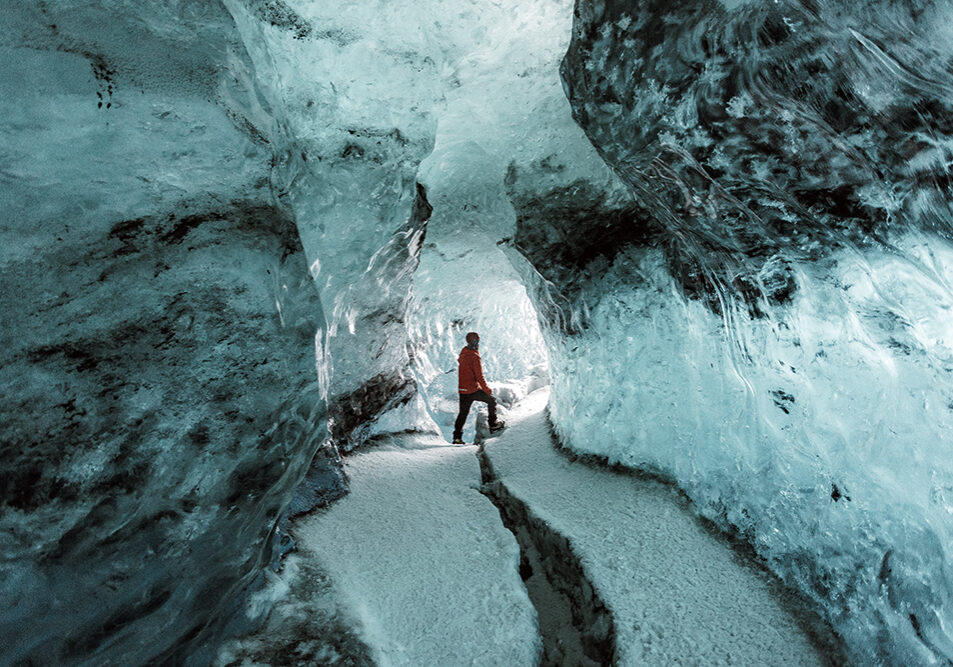
By Maureen Callahan
Consider checking out this European destination in winter. You’ll need to outfit carefully for outdoor activities, but average temperatures are not much different than here. Expect fewer crowds, better prices, and stunning, frosted landscapes. Daylight is sparse this time of year, but there are definite advantages to visiting in the low season.
Reykjavik is a modern capital city with eclectic museums, a varied shopping district and vibrant nightlife. Thorrablot, the mid-winter festival that honors Icelandic heritage and culture, traditionally goes from mid-January to mid-February, making it a festive time to visit.
Iceland, this time of year, isn’t for the casual traveler. But it’s a unique destination, and there are more hours of darkness to see the northern lights!
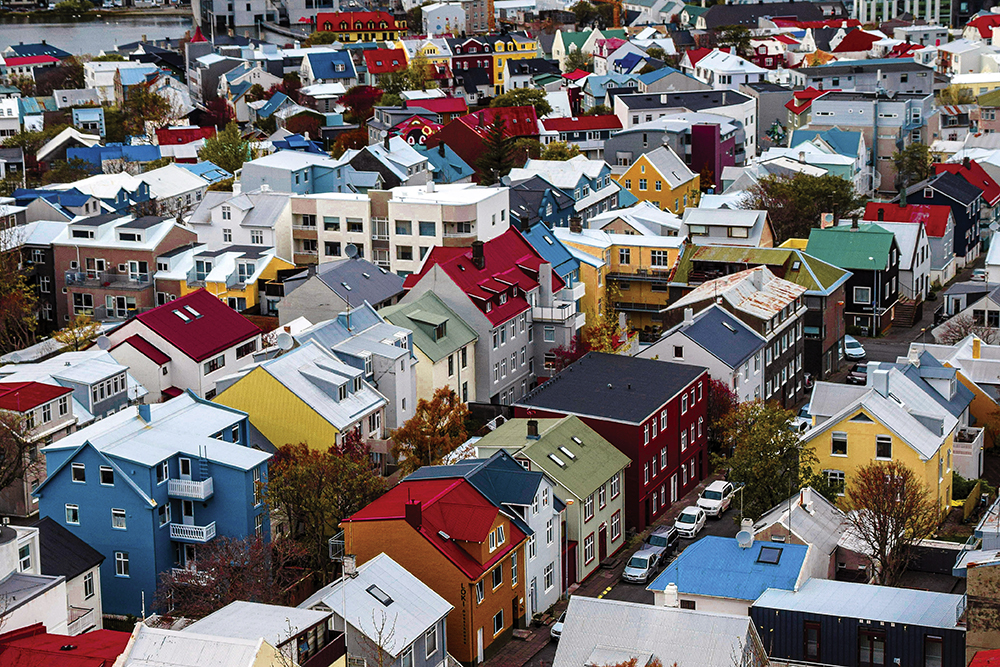
Reykjavik, Iceland
Photo by Tom Podmore
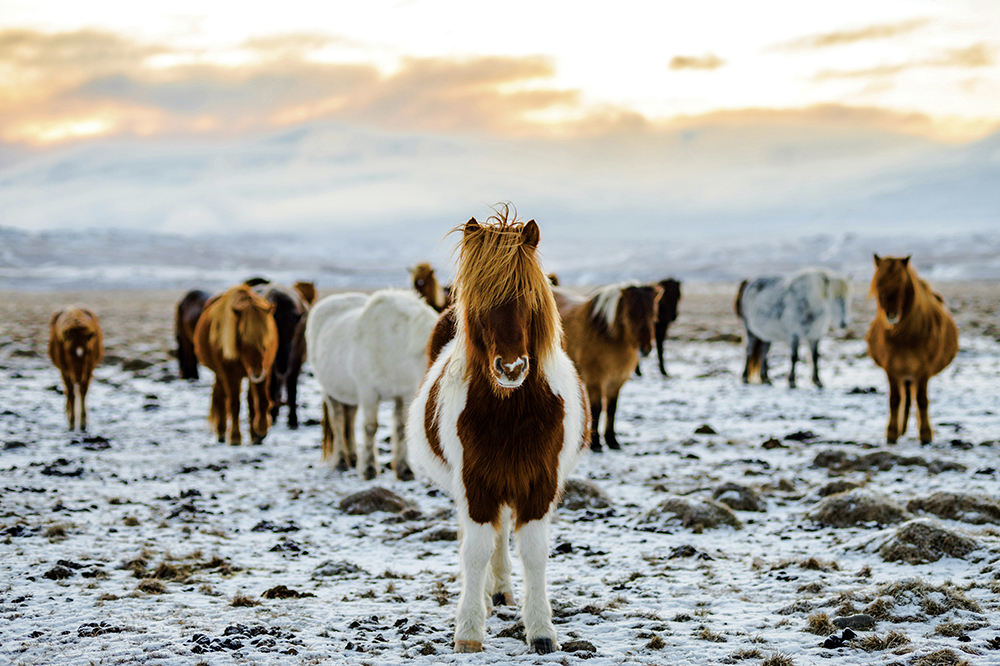
Sure-footed, sturdy, Icelandic horses transport riders across the lava fields, open water, and black volcanic sands of their native settings. Take a ride on one of these unique animals to get a close look at the island’s desolate, windswept landscapes. Photo by Wesley Gibbs
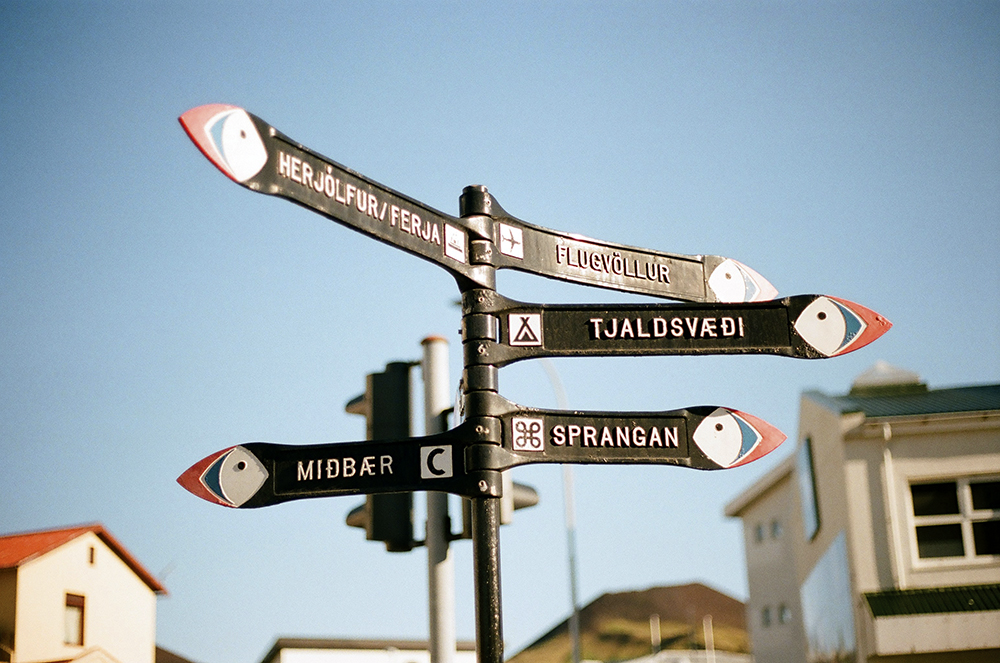
With about 333,000 speakers, the Icelandic language is unique. Its roots are in Old Norse, a Scandinavian language which predates the Viking era. Photo by Kristina Delp
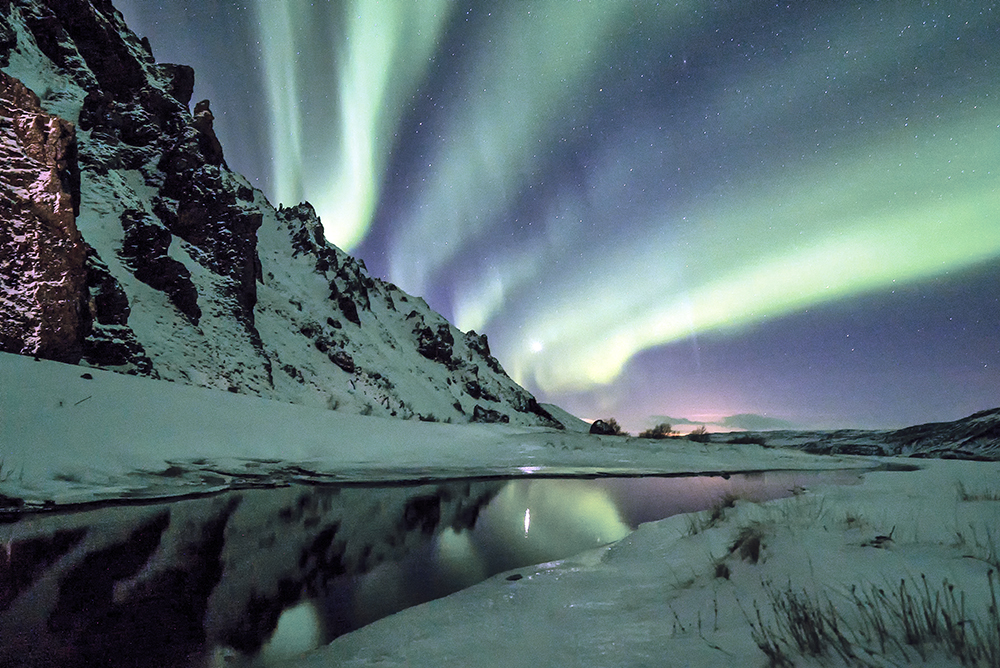
The Northern Lights (Aurora Borealis) are a spectacular, natural phenomenon. In Icelandic folklore, they are thought to be the spirits of the deceased, who have not yet found a resting place. The country’s latitude makes it an ideal location to see them. Photo by Jonathan Pie
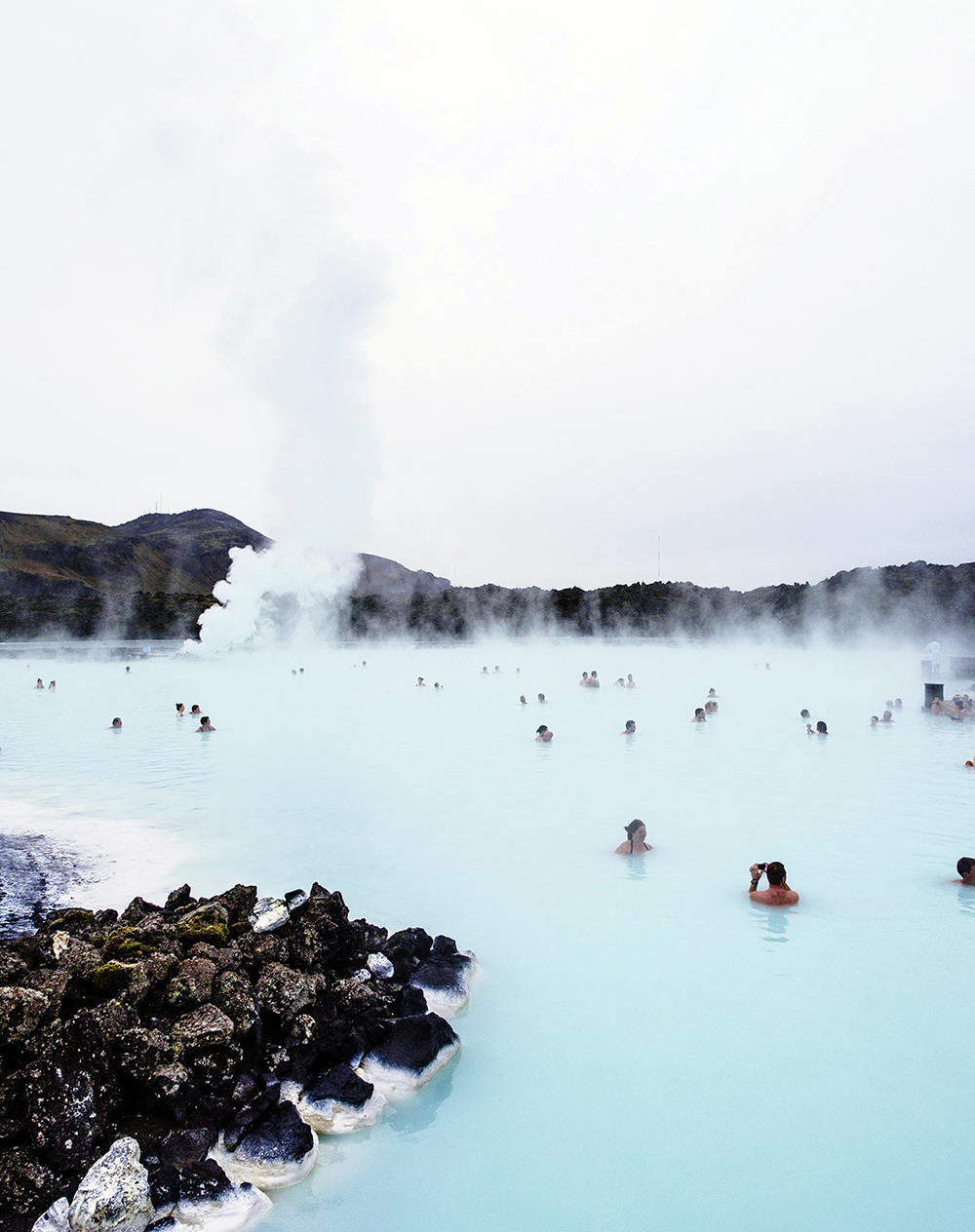
Geothermal pools are heated by hot springs deep within the earth. The Blue Lagoon is open year-round and is an ideal place to warm up after any outdoor activities. Photo by Jeff Sheldon












